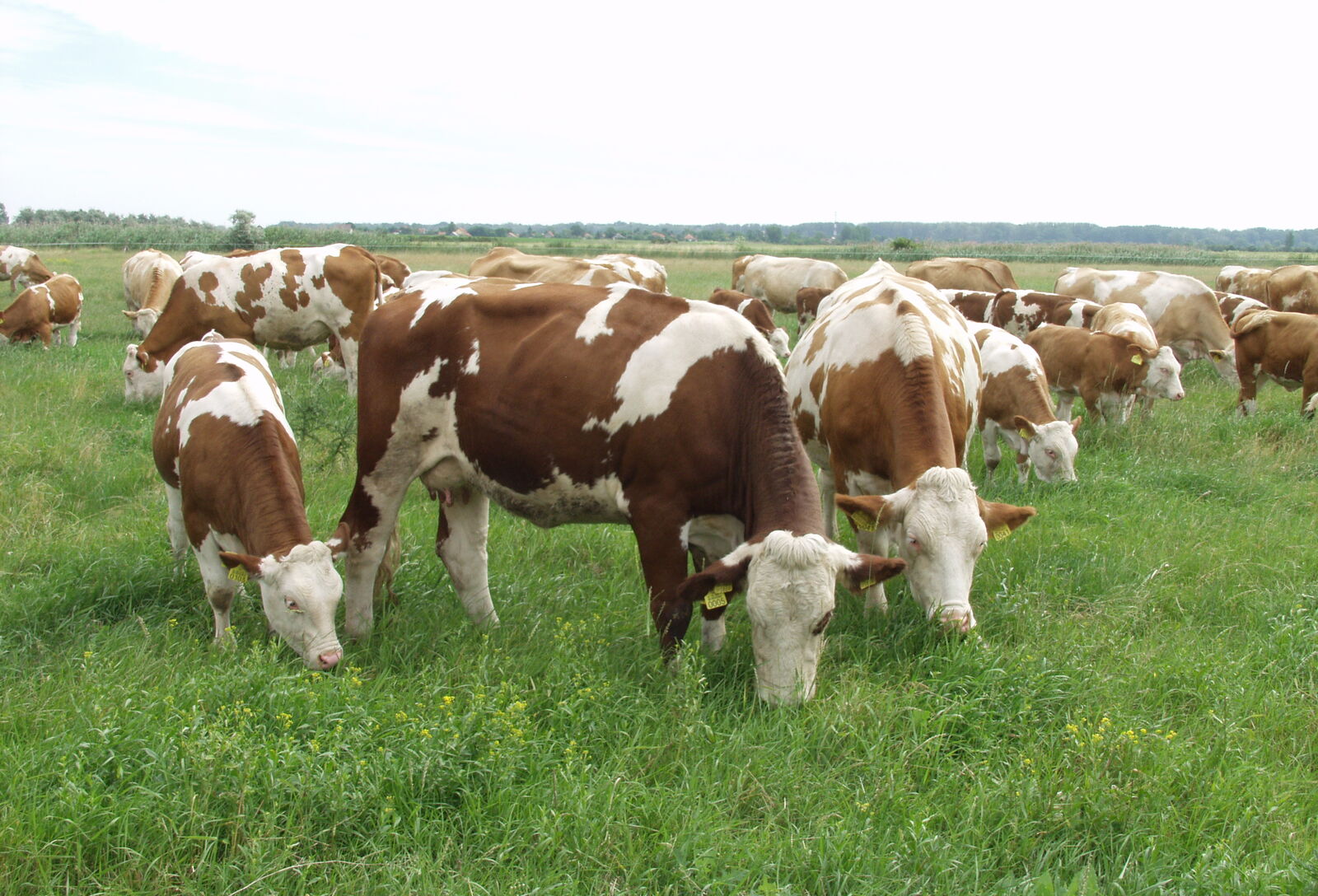In the Common Agricultural Policy starting in 2023, the AKG will be abolished and replaced with the Basic Agro Environment Programme. Second. Among the pillars support, various agro-environmental investments and programs will be supported – some of which will help with pasture use.
This was also discussed at the professional meeting of the Magyartarka Breeders Association. Incidentally, the conference was usually the inaugural program of the Tarka Cattle Festival in Bunihad.
Livestock farmers will also be affected by the support of the so-called agro-environmental and non-productive investments, in which, among other things, water management and water conservation investments, such as the construction or cleaning of trenches, will be supported. This can also be beneficial to Hungarian gardeners – along with repairing and rejuvenating lawns. The methods of the latter The heroine MartaAssistant Professor at the Animal Husbandry Institute of the Hungarian University of Agricultural and Life Sciences, presented it at the meeting.
He basically said that
80 percent of our country has so-called natural grasslands, and 20 percent of our grasslands are unused. The reason for this is the few animals that have caused these lawns to deteriorate, crack and swell.
The average hay yield in Hungary is 2.5 tons/ha, and the average livestock holding capacity on grasslands is 0.2-0.6 large animal units. So there are a lot of opportunities and tasks, the number of animals and the ability of the grasslands to support the animals can also be increased.
After the farmer makes his long-term decisions to use the grass as mowing or pasture (if the latter decides, then what kind of animal he wants to feed), the lawn will have to be cared for accordingly, which is based on an assessment of the composition and condition of the plant population. If it is good, then you should only try to maintain it, if the lawn is in medium condition, then with moderate interference, while the lawn in poor condition should be improved with strong interference.
During the lawn repair, weeds must be eliminated or their presence regulated, the nutrient supply in the garden must be resolved, the water regulation in the area must be resolved, all according to the method of use!
If the lawn is in an average condition, all interventions are aimed at crowding out weeds and weeds, and for the weeds to spread and grow stronger in the area. The supply of nitrogen and water in the garden must be ensured according to the needs of the plant population! Mechanical care of the lawn must be done in a timely manner and must also be used correctly! Grazing is also part of lawn care: the animals must be turned in such a way that they graze the lawn in time, so that they do not get stuck. Both overgrazing and overgrazing should be avoided, mowing should be done on time, and grazing and mowing should also be alternated! In order to conserve the lawn and improve its yield, the specialist recommended intermittent grazing, with sections smaller than current practice.
On the other hand, a lawn in poor condition must be regenerated. If possible, by overlaying, and if this is not enough, the old lawn should be dismantled and a new one installed. The ideal time for this is the end of September or March. The specialist highlighted this
Farmers should sow the small seeds between two cylinders in the soft, crumbly seed bed cultivated with good farmer care, and the mixture should be formed based on the water needs of the species, method of use, types of animals and breeds they want to graze!
Marta Bagnok is also a member of the working group set up by the National Chamber of Agriculture and the Hungarian Breeders Association to assess the state of Hungary’s grasslands – so I spoke briefly about this project as well. In the spring, growers can fill out a voluntary questionnaire about their lawn areas. Next, the working group conducted surveys of the lawn on the site, although there was nothing to survey in many places due to drought. At the same time, the data is recorded and evaluated in a digital database, and during the fall, all volunteer participants will receive recommendations for their own promoters from experts.












































